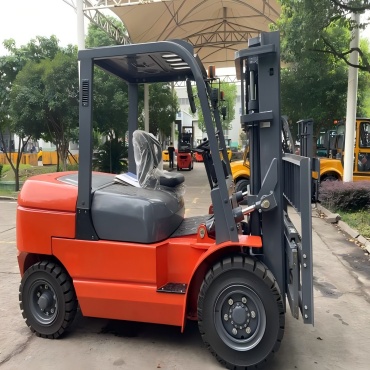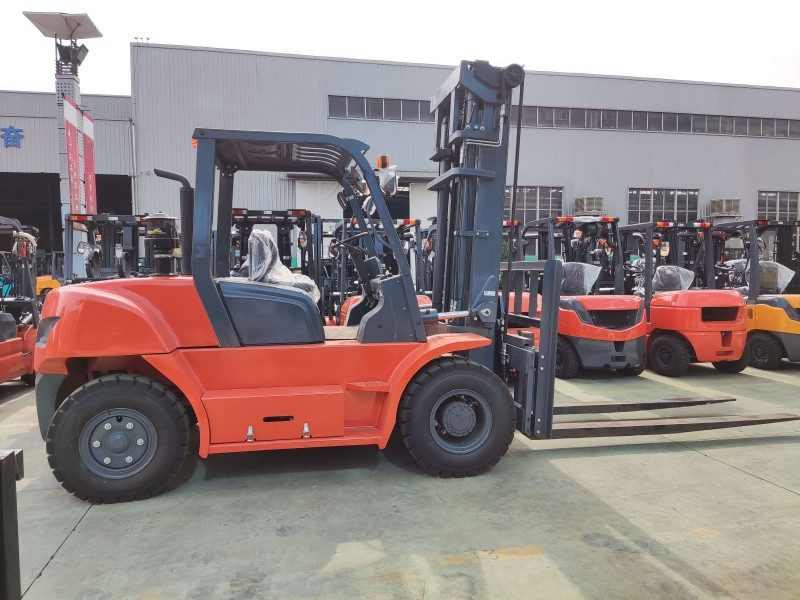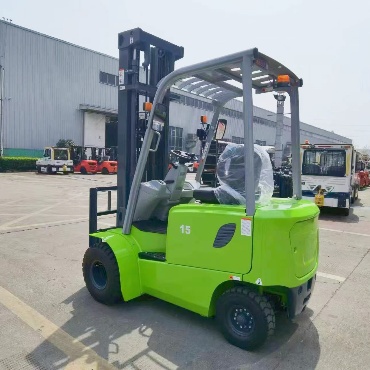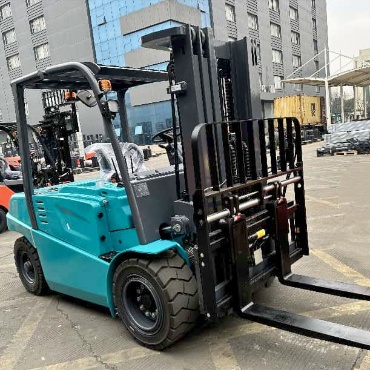- Diesel Forklift
-
- 25-30tonne Diesel Forklift 16T Forklift Truck 4.5 Ton Diesel Forklift 48 Ton Diesel Forklift 3 Ton Diesel Forklift 3.5 Ton Diesel Forklift 2.5 Ton Diesel Forklift 33 Ton Diesel Forklift 15 Ton Diesel Forklift 10 Ton Diesel Forklift 8 Ton Diesel Forklift 4 Ton Diesel Forklift 6Ton Forklift 2 Ton Diesel Forklift 1 Ton Diesel Forklift 1.8 Ton Diesel Forklift 1.5 Ton Diesel Forklift 7 ton forklift 35 ton Forklift Rough Terrain Forklift
- Electric Forklift
-
- Narrow Aisle Stand Up Counterbalance Forklift – High Efficiency Warehouse Solution 3.8ton Low Voltage Lithium Battery Forklift 12t Lithium high capacity forklift 12t large capacity electric forklift 8ton Electric Forklift 10t electric forklift truck 25ton Lithium Battery Forklift 7ton Electric Forklift 16-20t Large Capacity Lithium Battery Forklift 2 Ton Electric Forklift 1.8 Ton Electric Forklift 6 Ton Electric Forklift 1.5 Ton Electric Forklift 1.0-1.5 Ton Electric Forklift 2.5 Ton Electric Forklift 3.5 Ton Electric Forklift 4.0-4.5 Ton Electric Forklift 5 Ton Electric Forklift 3 Ton Electric Forklift 1.6-1.8Ton Three Wheel Electric Forklift 2 Ton three wheel electric forklift
- Rough Terrain Forklift
-
- 3.5t-4ton 4 wheel drive forklift 7 Ton All Rough Terrain Forklift 2-2.5T Rough Terrain Forklift Truck 4 ton off road forklift truck 3t 4 wheel drive forklift for sale 3.5t Two Wheel Drive Rough terrain forklift 3T Diesel Rough Terrain 2WD Forklift FLIFT 3.5ton all rough terrain forklift for sale 2WD 3t off Road Rough Terrain Forklift
- Electric Reach Truck & Pallet Truck / Pallet Stacker
-
- 5ton end rider electric pallet truck with customized 1.8m fork length 10ton-15ton heavy duty electric pallet truck 2.5ton all terrain electric pallet jack 1.5ton-2ton all terrain electric pallet truck with crane jib Counterbalanced Pallet Stacker 1600 lb to 2000 lb Capacity for Indoor Warehouses Heavy Duty 2T-2.5T Electric Stacker Forklift | High-Performance Stacker Lift High-Capacity 2.5t electric reach truck 1.0t -1.5t Electric Walkie Straddle Stacker 2ton Fully Electric Pallet Stacker 3 stage mast 2ton electric rough terrain pallet stacker 1.5ton off road Rough Terrain Stacker 1.8ton walkie Electric Pallet Truck Jack 1.5Ton Electric Pallet Stacker | Durable Walkie Stacker for Easy Material Handling 1200kg walking type electric pallet stacker 2ton roll and reel electric pallet truck Walkie Counterbalanced Stacker 1500–2000kg Capacity Compact Design 1ton outdoor rough terrain counterbalanced pallet stacker 3300lbs Electric off-road pallet stacker 2t Rough Terrain Pallet Truck Powered Pallet Truck with PU Wheels-2000kg Electric Pallet Jack 2t Elecric Hand Truck 1.5 Ton Electric Walkie Pallet Truck – Compact Power for Efficient Material Handling 2 Ton Reach Forklift 1.5 Ton Reach Forklift 2Ton -3Ton Electric Pallet Truck Semi-electric Pallet Stacker 1ton-1.6ton 3 Way Pallet Stacker Multi-Directional Sideloader Forklift 4 direction reach truck
- Customization Forklift
-
- 900kg CDD09B Electric Walking Type Counterweight Stacker Professional Walking Type Electric Stacker with Special Attachment 1ton Electric Outdoor Rough Terrain Telescopic Spreader Stacker 4t QDD40 Seated type Electric Tractor QDD60 Seated Type Fully Electric Tractor 3t QDD30C Electric Tractor with Turning Radius 1545mm 2t CQD20A Electric Simple Type Reach Forklift Truck 1.5t CQD15A Simple Type Electric Reach forklift Truck 5t Convertible Seated Electric Flat Truck 3t CBD30Z Electric Vehicle Transfer Truck 1.5t CDD15Y Electric Pallet Stacker (Rough Terrain) 1t CXD10-45 Electric High Lift-Order Picker 2t CQD20S-60 Four-way Walking Type Reach Forklift Truck CDD10A/15A Walking Type Fully Electric Pallet Stacker 3t QDD30A Standing Type Electric Tractor 1t CSD10 Man Mount Three-way Stacker 1.5t AGV type CDD15J-16 Electric Pallet Stacker CBD80 8t Electric Pallet Stacker 6t CBD60 Electric Pallet Stacker CBD120 1.2t Electric Pallet Stacker 2t CDD20D-30 Walking type Electric Pallet Staccker CDD08B-25 Counterweight Electric Pallet Stacker
- Forklift Attachements
-
- Waste Paper Fixture Fixed Short Arm non-sideshifting non-sideshifting Fixed Short Arm non-sideshifting Non-sideshifting Hinged Forks Caton Clamp Rotator non-Sideshifting Tire Clamps Pusher Turning Fork Clamps non-sideshifting Log Holder Sideshifting Broke Paper Clamps Sideshifting Sideshifting Single Load Stabilizer Fork Positioners Single Double Pallet Handler
High vlotage lithium ion battery electric forklift for cold working condition from China factory sale
Date: 2025-05-13 View:
What is the difference between
electric forklifts and internal combustion forklifts?
In the modern logistics and warehousing industry, forklifts are indispensable handling equipment, which are mainly divided into internal combustion forklifts and electric forklifts according to the power type.
The two have significant differences in power source, performance, use cost and applicable scenarios. Enterprises need to fully understand these characteristics before making a suitable choice.
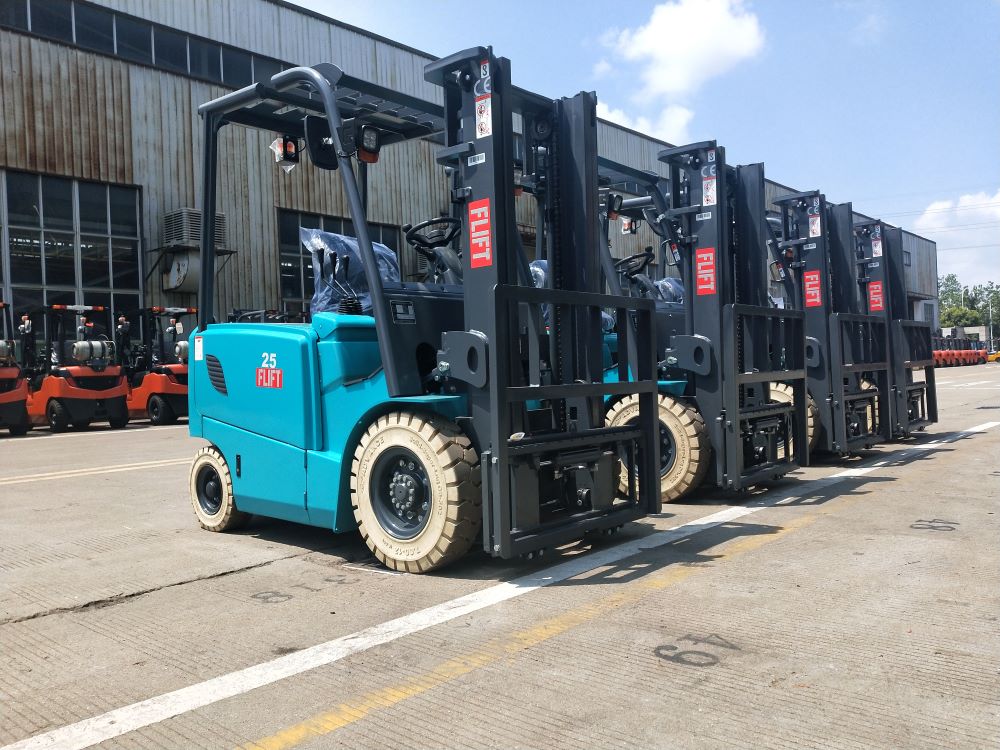
In terms of power system, internal combustion forklifts use diesel, gasoline or liquefied petroleum gas (LPG) as fuel, and convert chemical energy into mechanical energy through an internal combustion engine.
Its energy replenishment is rapid, and refueling or gas filling can be completed in a few minutes.
It can quickly restore endurance, which is suitable for high-intensity and long-term operation scenarios such as port terminals and construction sites.
However, fuel prices fluctuate greatly, and the cost of long-term energy use is high. Electric forklifts are powered by batteries and driven by electric motors.
There is no exhaust emission during operation, which can effectively improve the working environment.
It is an ideal choice for indoor warehouses, food processing workshops and other places with high air quality requirements.
However, its battery life depends on the battery capacity. It takes 6-8 hours for regular charging, and 1-2 hours for fast charging.
The continuous operation time is limited, and the battery performance decays with the increase of service life. It needs to be replaced regularly, which increases the later cost.
.jpg)
In terms of performance, internal combustion forklifts can easily carry several tons or even tens of tons of heavy objects with their powerful internal combustion engines, large torque and strong power, and have obvious advantages in heavy cargo handling.
Electric forklifts have stable power output. Although they can meet the needs of conventional cargo handling, they are slightly insufficient when carrying heavy loads and long distances, and their rated load capacity is generally lower than that of internal combustion forklifts of the same specifications.
In terms of speed and flexibility, internal combustion forklifts can reach a speed of 20-30 kilometers per hour, with fast lifting speed, suitable for cargo transfer in large sites; electric forklifts usually have a speed of 10-15 kilometers per hour, more flexible steering, more precise operation, and better performance in narrow channel operations or delicate cargo handling.
There is a big difference in the cost of use. In terms of purchase cost, internal combustion forklifts have mature technology, simple structure, and low price, which are suitable for companies with limited budgets; electric forklifts have high technical content in batteries and electronic control systems, and the initial purchase price is 20% - 50% more expensive. In terms of maintenance cost, the engine structure of internal combustion forklifts is complex, and it is necessary to regularly replace wearing parts such as engine oil and oil filter, and to maintain the fuel and cooling system, which is costly and difficult to repair. Electric forklifts mainly maintain batteries, motors and electronic control systems. The motors and electronic control systems have good stability, battery maintenance is relatively simple, and the overall maintenance cost is low.
Each application scenario has its own focus. Internal combustion forklifts have strong adaptability and can operate stably in harsh environments such as high temperature, severe cold, and dust.
They are the main force for heavy cargo loading and unloading in outdoor places such as ports and mines.
With the characteristics of zero emissions and low noise, electric forklifts have become the first choice for industries with high environmental requirements such as indoor warehousing, supermarkets, medicine, and electronics.
They can not only ensure operating efficiency, but also maintain a good indoor environment and protect the health of operators.
What are the advantages of electric forklifts and internal combustion forklifts?
.jpg)
Electric forklifts are green, intelligent, precise and efficient. They are powered by electricity, have zero tail gas emissions, low noise, and run at about 60-70 decibels.
They are particularly suitable for industries with high environmental requirements such as food, medicine, and electronics, as well as noise-sensitive places such as schools and hospitals.
At the same time, the advanced electronic control system allows it to be precisely controlled, and narrow aisle operations can achieve millimeter-level positioning, which can reduce collision losses when sorting goods.
In terms of maintenance, electric forklifts only need to check the battery regularly, etc., and the cost is 30%-50% lower than that of internal combustion forklifts. With the valley electricity price for charging, long-term use is more cost-effective.

Internal combustion forklifts are strong in power and adaptability.
The internal combustion engine gives it a strong torque, and common models have a load capacity of 3-10 tons, which can easily cope with heavy operations such as ports and mines.
It can run for a few minutes after refueling, and can work 24 hours a day, which is suitable for high-intensity scenarios such as logistics peaks.
Whether it is high temperature, severe cold or dusty environment, internal combustion forklifts can operate stably.
Moreover, its technology is mature, the parts are easy to find, the maintenance is convenient, and the accessories can be replaced to achieve multiple uses of one machine.
Internal combustion forklifts have advantages in some aspects, such as performance and endurance.
However, electric forklifts are the mainstream advantage at present.
FLIFT has developed a new type of electric forklift to replace internal combustion forklifts after continuous research and development.
First, in terms of forklift performance. In previous products, forklifts with the same load, the driving speed of internal combustion forklifts can reach 19km/h, while ordinary electric forklifts can reach a maximum speed of 14km/h.
In terms of performance, electric forklifts are at a disadvantage. FLIFT's newly launched P series forklift can travel at a speed of 20km/h and a lifting speed of 530mm/h.
It is completely comparable to the performance of internal combustion forklifts.
.jpg)
Secondly, in terms of endurance. The reason why some customers may not want to choose electric forklifts is because of the endurance problem.
For internal combustion forklifts, they can almost work 24 hours a day, and as long as there is fuel, they can work unlimitedly. However, for electric forklifts, the working time is limited.
Because you need to charge the electric forklift after using it for a period of time. For traditional lead-acid batteries, the charging time may be up to 8-10 hours.
For ordinary lithium battery forklifts, the fastest time is 2-3 hours to be fully charged.
The P series lithium battery forklift launched by FLIFT only takes about half an hour to be fully charged.
In this way, you can charge the forklift during your rest time and achieve unlimited battery life for the forklift.
Or we also have a battery replacement version for you to choose. It only takes 3 minutes to replace the battery and continue to use it.
This solves the battery life problem very well.
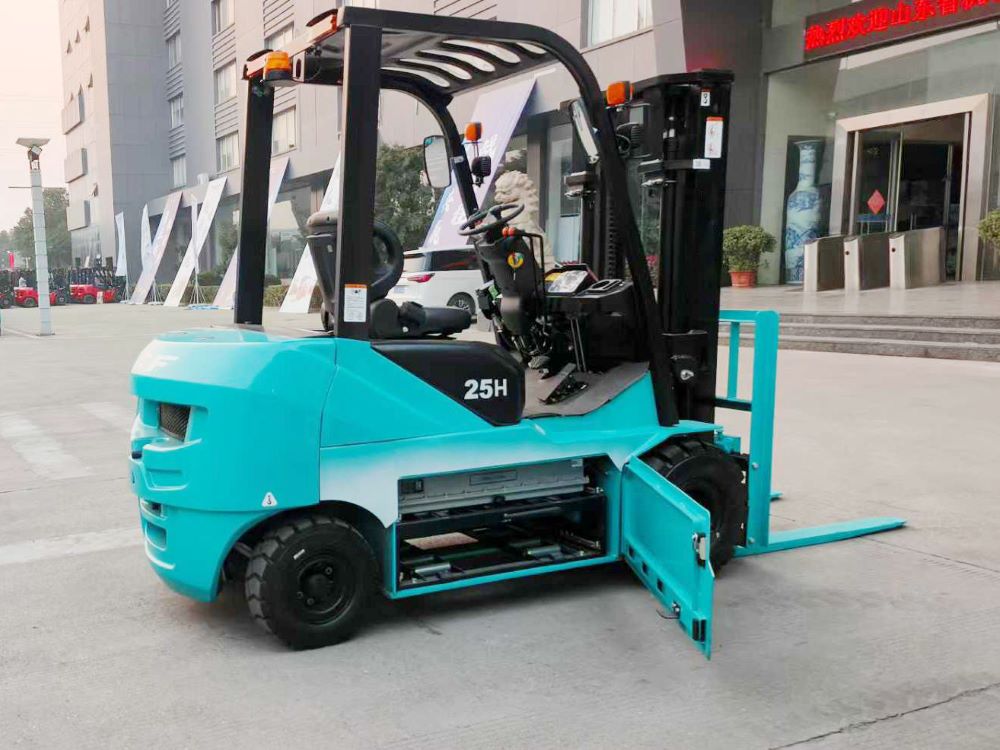
Finally, the adaptability to the working environment.
Compared with ordinary electric forklifts, internal combustion forklifts have stronger adaptability to the working environment.
It can work in an environment of 50 degrees above zero to minus 30 degrees. Electric forklifts can work normally in an ambient temperature of minus 10℃ to plus 40℃.
Some extreme working environments cannot choose electric forklifts.
The P series electric forklift launched by FLIFT can work in an ambient temperature of minus 30℃ to plus 60℃.
Whether it is a cold, hot, dusty or high-altitude working environment, FLIFT's P series electric forklift can handle it easily.
.jpg)
.png)

